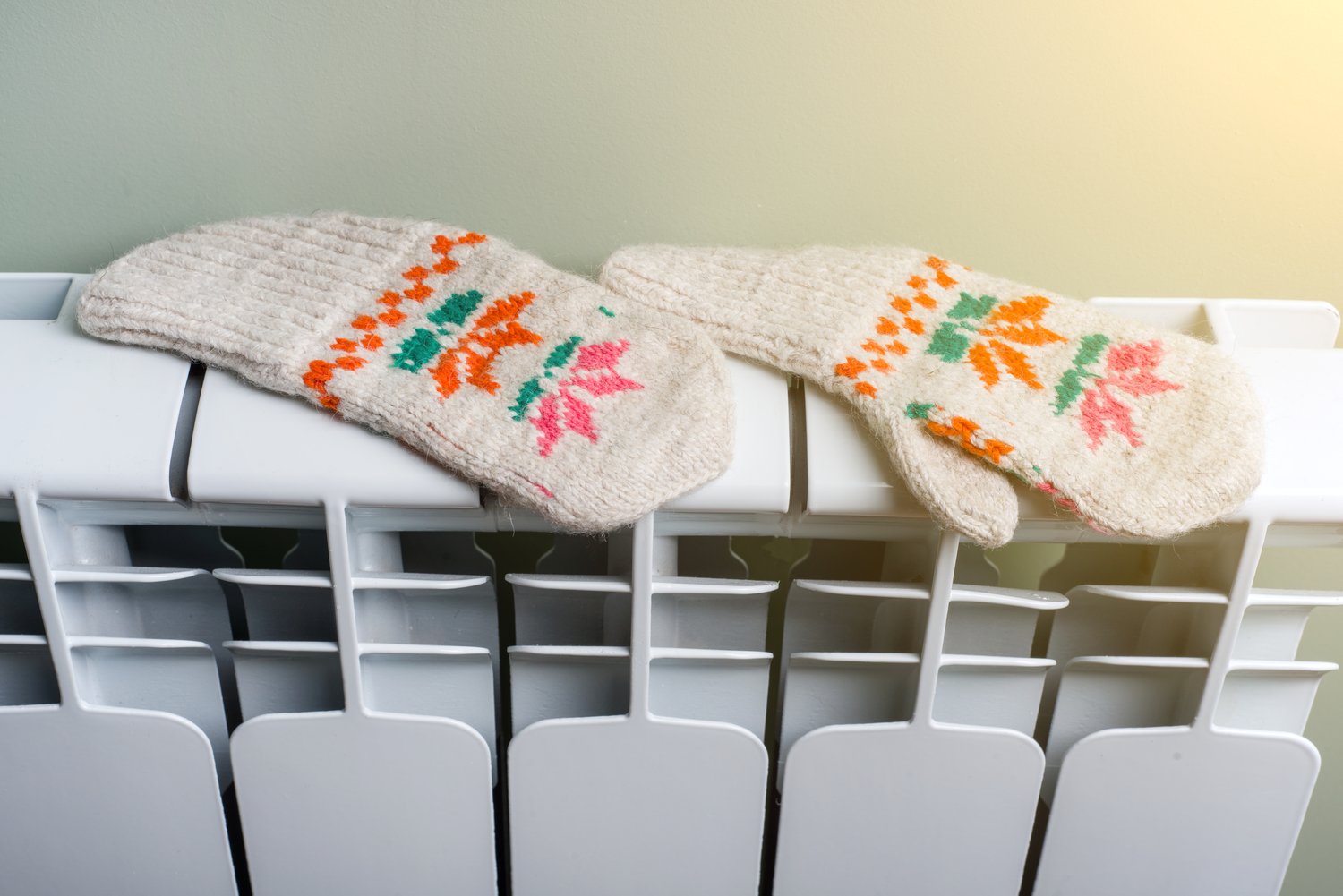Understanding different types of heaters
Heaters come in various forms, each suited for specific needs. Electric heaters are popular for their ease of use and installation. Gas heaters provide quick and efficient heating, ideal for larger spaces. Infrared heaters offer instant warmth and are energy-efficient. Understanding these types helps in making an informed decision. Knowing the pros and cons of each type is crucial for selecting the right heater for your home.
Portable heaters offer flexibility and are perfect for spot heating. Central heating systems provide whole-house warmth but require professional installation. Heaters can also be classified based on their heat distribution method: convection, radiant, or fan-forced. Each method has its unique advantages and is suited for different room sizes and layouts.
The efficiency of heaters is measured in British Thermal Units (BTUs). A heater with 5,000 BTUs can effectively warm a 150 square foot room. For a 300 square foot space, you’d need about 10,000 BTUs. Always consider the room size when choosing a heater to ensure optimal performance and energy efficiency.
Selecting the right plate heater for your space
Plate heaters are an excellent choice for consistent, gentle warmth. These heaters work by radiating heat from a large, flat surface. They’re ideal for bedrooms, living rooms, and offices. Plate heaters come in various sizes, typically ranging from 400W to 2000W. A 1000W plate heater can efficiently warm a 100 square foot room.
When choosing a plate heater, consider the room’s insulation. Well-insulated rooms require less powerful heaters. For example, a 600W plate heater might suffice for a well-insulated 100 square foot room. Poorly insulated spaces may need a heater with 20-30% more power. Always measure your room accurately before purchasing.
Plate heaters offer several advantages. They’re silent, don’t circulate dust, and provide even heat distribution. Many models come with programmable thermostats, allowing for precise temperature control. Some advanced models can be controlled via smartphone apps, offering convenience and energy savings.
Optimizing bathroom heating solutions
Bathrooms require special consideration when it comes to heating. Bayhroom heaters are designed to withstand high humidity levels. They often come with IP ratings indicating their water resistance. An IP44 rating is suitable for most bathrooms, while IP65 is recommended for areas near showers.
Towel rails are a popular choice for bathroom heating. They serve dual purposes: warming the room and drying towels. A 150W towel rail can adequately heat a 50 square foot bathroom. For larger bathrooms, consider combining a towel rail with a wall-mounted heater. This combination ensures even heat distribution and comfortable temperatures.
Underfloor heating is another excellent option for bathrooms. It provides luxurious warmth underfoot and eliminates cold spots. Electric underfloor heating systems are easier to install than hydronic systems. A typical electric system uses about 150W per square meter. For a 50 square foot bathroom, you’d need approximately 700W of heating power.
Exploring the benefits of aluminium radiators
Aluminium radiators are gaining popularity due to their efficiency and aesthetic appeal. These radiators heat up quickly and cool down fast, making them responsive to temperature changes. A typical aluminium radiator can reach its maximum temperature in just 15 minutes, compared to 30-45 minutes for traditional steel radiators.
The lightweight nature of aluminium makes these radiators easy to install. An average aluminium radiator weighs about 1 kg per section, compared to 3-5 kg for steel radiators. This characteristic allows for more flexibility in placement and reduces strain on wall fixtures. Aluminium radiators also have excellent heat conductivity, transferring heat to the room more efficiently.
When selecting an aluminium radiator, consider its heat output. A standard aluminium radiator section (600mm x 80mm) produces about 150W of heat. For a 150 square foot room, you’d typically need a radiator with 10-12 sections, providing 1500-1800W of heating power. Always consult with a heating specialist to determine the exact requirements for your space.





